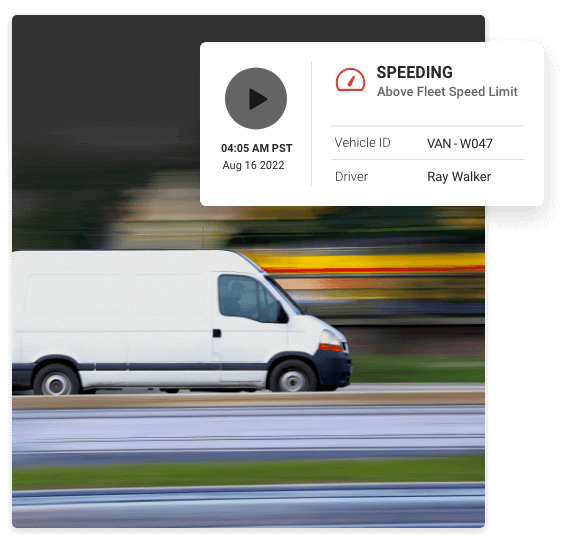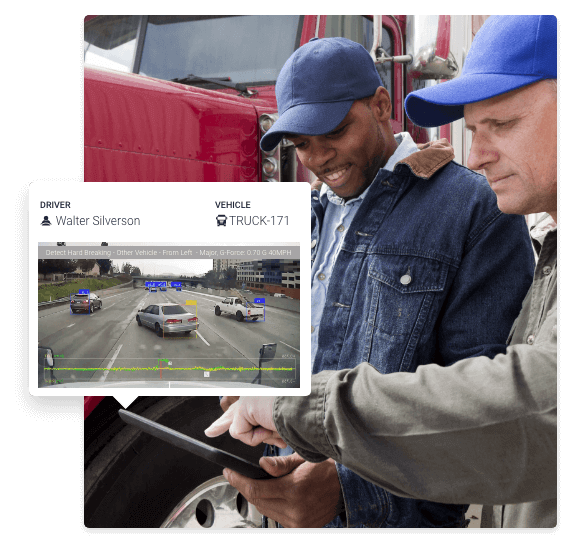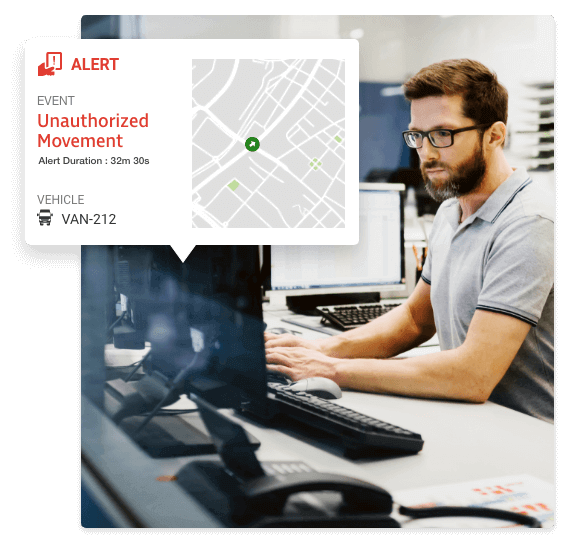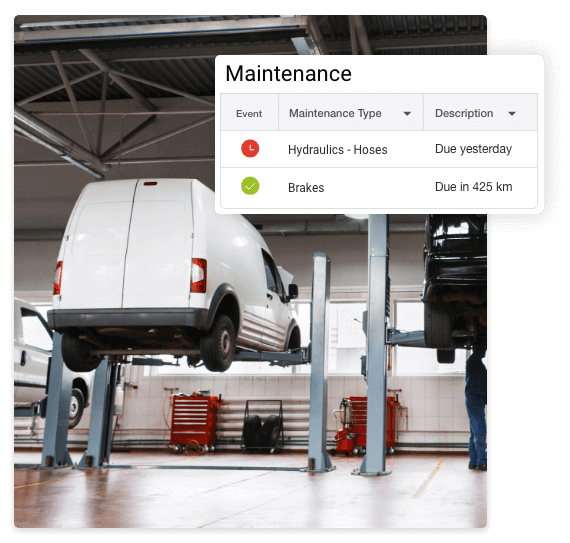Key Takeaways:
Reducing risk begins by being aware of what constitutes good and bad driving behaviour, knowing the key performance indicators that will enhance driver safety and being aware of the technology that is available to help understand and mitigate driving risk. With so much potential risk for drivers who are out on the road on behalf of your company, it is important that you partner with the right fleet management provider to help you improve the ways you promote driver safety.
Maintaining the safety of your drivers and reducing the total cost of ownership of your fleet is a primary concern to you and fellow stakeholders in your organisation. This guide to reducing risk is designed to help improve fleet safety, develop a culture of safety within your organisation, and extend the life of your fleet.
Driving Behaviours That Impact Risk
It may seem obvious, but, to start, it’s helpful to keep in mind which driving behaviours reduce and which increase risk. Below is a summary of risk mitigating and risk inducing behaviours that you should be watching for across your fleet.
Risk-mitigating Driving Behaviour:
- Recognising signs of fatigue and pulling over to rest before continuing the journey
- Adhering to the posted speed limits, stop signs, and traffic signals
- Conducting pre- and post-trip vehicle inspections
- Using an app with an automated reply to tell people the driver will respond to their incoming text messages only when it is safe to do so
- Eating at established mealtimes while parked rather than trying to dine on the go
Risk-inducing Driving Behaviour:
- Getting behind the wheel while fatigued or impaired
- Using a phone while driving creates risk, which is heightened when the driver isn't using handsfree and is even worse if making video calls
- Driving while angry or when otherwise upset to the point of distraction
- Taking sudden and unpredictable actions such as lane changes and harsh braking
KPIs To Improve Fleet Driver Safety
The first step to improving driver safety is knowing which metrics to capture and creating a plan on how and when to report the desired KPIs. Key performance indicators are invaluable for monitoring how well you are doing.
To support your commitment to driver safety, you’ll be glad to know that a telematics solution can help you measure key performance indicators and gain a clear picture of driver performance. The latest solutions enable you to digitise coaching and incentive programs, to help drivers identify and correct high-risk actions.
Important KPIs that you can keep track of to help your drivers improve their performance and contribute to a company culture of safety include:
Distracted driving events:
Drivers must keep their hands on the wheel, their eyes fixed on the road ahead, and be aware of what’s happening around them. This means they must focus without distractions, such as writing or reading text messages or scrolling through social media. You can measure these KPIs with AI-enabled dashboard cameras in the vehicle.

Speeding events:
Ideally, your drivers will consistently obey posted speeding limits when transporting items for your organisation. Speeding is an important KPI to track with your onboard telematics solution. Fleet managers can compare driver speeds with posted speed limits and set alerts based on their own thresholds. In addition to safety, reducing speeding events will also help to decrease fuel spend and is an important environmental KPI.

Aggressive driving vents:
Be aware of incidents when a driver engages in behaviour counter to your safety goals, such as harsh cornering, aggressive acceleration, or heavy braking. In addition to impacting safety these actions also affect vehicle lifespans and increase maintenance costs.

Unauthorised use events:
Unauthorised use puts your business at risk as the possibility of accidents or theft can increase. To prevent drivers from operating a vehicle outside of authorised work hours, you’ll want to track vehicle movements outside of established work schedules.


Pre- and post-trip inspections:
Ensuring your drivers are conducting pre and post-trip inspections is a critical component of fleet and driver safety. Monitoring and reporting on these inspections and ensuring they are completed in a timely manner is key.

Understand Driving Behaviour
A firm understanding of driver behaviour and how certain behaviours add or reduce risk is vital to building a comprehensive driver safety program. Telematics helps drivers recognise poor driving behaviours in real-time so that the actions can be corrected before an incident occurs. Reports can be generated to highlight repeat offenses and help managers understand the circumstances in which certain behaviours are prevalent.
A solid program that has buy-in at the highest levels will see better adoption and help companies improve safety records, which can boost your brand and improve your bid success.
Using telematics technology helps you monitor every vehicle in the fleet in real-time which helps you build a profile of driver risk, keep on top of maintenance needs and ensure drivers are not exceeding drive time regulations.
This is achieved through:
- Driver Scorecards: Capture and assign scores for positive and negative driving behaviours and use this information to create rewards and recognition programs.
- Smart Dashcams: Get better context into the driving behaviours that are plaguing your fleet with HD 360-degree views.
- Digital Inspections: See maintenance and other vehicle safety issues in real-time with digital inspections that won’t get lost in a stack of papers.
- Maintenance Planning: Get better visibility into routine and unplanned maintenance needs and keep your vehicles on the road longer.
Tackling Driver Fatigue With Technology
Technology is getting faster and more powerful, providing instant access to information that can help prevent safety incidents and keep drivers and road users safe. This is especially true with fatigue management, where digital transformation is providing new levels of insight to help operators plan more effectively within hours service regulations.
In addition to hours of service management, video telematics is now providing new insight to help manage driver fatigue. With the latest AI cameras, signals of driver fatigue such as frequent yawning or looking down can be detected and acted on before a safety incident occurs. The capabilities of video telematics are growing at pace and the technology will soon become an integral part of a fleets driver risk management plan.
Start To Build a Culture of Safety
Risk managers, fleet managers, and safety managers will want to ensure they are doing all they can to promote a safety culture within their organisation. We are standing by to assist. Take 30 seconds to fill out our online solution builder and learn about the fleet safety technology being used by fleets around the world.

